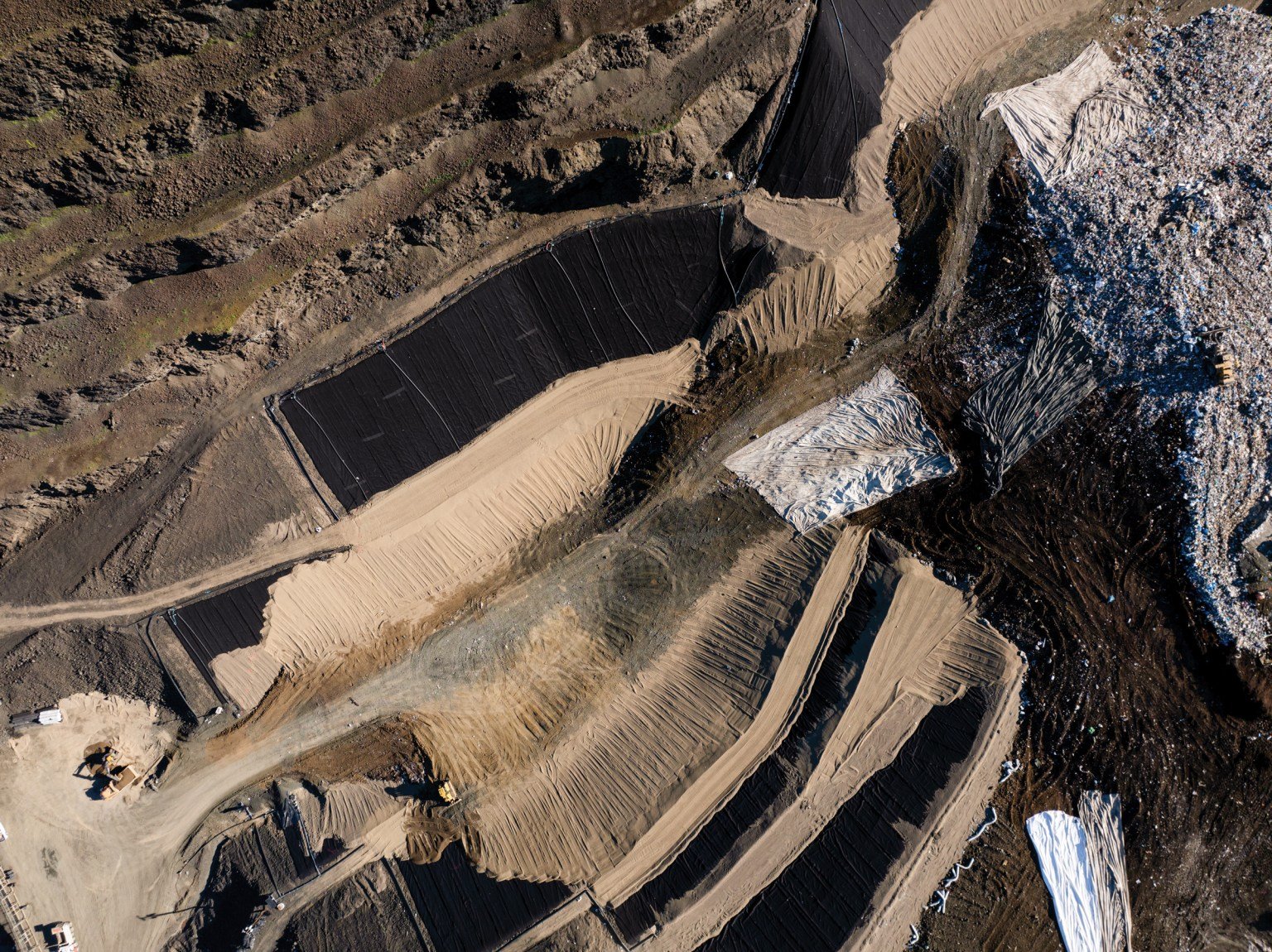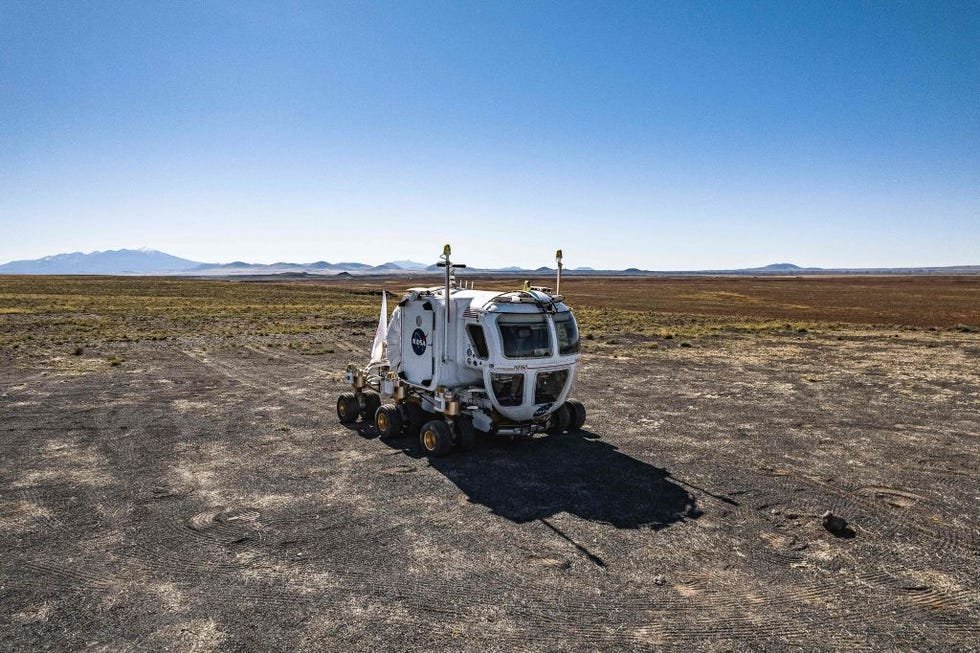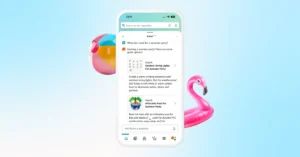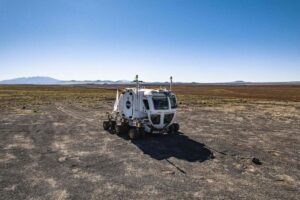Where the garbage goes
The dump on Coffin Butte, however, showed no sign of closing. Then, in December of 1999, the Bunn Brothers announced they’d sold the landfill to Allied Waste Industries, the second-largest waste-management corporation in the world.
A century earlier, Coffin Butte looked like any other ordinary hill: A swell of land stewarded by the Kalapuya people for thousands of years rising some 500 feet above the valley floor. The hill’s north side was forested with oak and fir while the southern slope bore open grassland where, in the early 1900s, a farming family ran cattle.
In those days, no designated trash disposal site existed in the region. Settlers simply dumped their garbage into a river or a roadside ditch. Before plastics and disposable packaging, there was much less to throw away. Still, as the town grew, casual dumping became a problem. “Don’t dump your trash, dead cats, dogs, and other rubbish onto the vacant lot just over the fence,” counseled the Corvallis Gazette in 1906. Later, the paper recommended burning garbage. In the 1930s, a sanctioned dump site was established south of town, but by 1950 it had become horribly infested with rats — an estimated 200,000 — which were aggressively poisoned before authorities burned the place to the ground.
Meanwhile, in 1941, at the start of U.S. involvement in WWII, the federal government acquired Coffin Butte and the surrounding 56,000 acres to establish a military base called Camp Adair. To deal with the trash generated by the camp’s 40,000 residents, the military set up a burn pile on Coffin Butte’s southern slope. When the war ended, the camp was dismantled but the burn pile endured, becoming the county’s designated disposal site after the rat-infested dump was shuttered.
“We thought of it as a legacy home, something we’d pass on to our children.”
Camp Adair marked the beginning of the transformation of Coffin Butte, but this wasn’t the only way WWII would alter the future of the hill: During the war, military demand for synthetic materials like nylon and plexiglass drove a 300% increase in plastic production. When the war ended, these materials migrated into consumer goods, and their production barreled onward.
The Bunn Brothers bought the Coffin Butte disposal site in 1952. Dan Bunn, the elder of the two, had a history in waste management. When he was 14, he started a garbage service in his hometown, Wishram, Washington. Too young for a driver’s license, he hired a 16-year-old to do the driving. In the Willamette Valley, Bunn’s entrepreneurial spirit persisted, and after buying Coffin Butte the brothers established several waste-management businesses across the region.
By this time, the garbage problem in Oregon and beyond had ballooned. In 1965, the average American was generating 3 pounds of waste each day and pollution caused by the prevailing methods of dealing with all this garbage — open burning, unlined dumps — led to the first federal standards for landfills: the Solid Waste Disposal Act of 1965. After the establishment of the Environmental Protection Agency in 1970, this regulation was expanded into the Resource Conservation and Recovery Act of 1976, which remains the nation’s primary law governing waste disposal.
To ensure compliance with emerging federal regulations, in 1971 the Oregon Department of Environmental Quality (DEQ) began requiring permits for landfills. In turn, many casual dump sites around the Willamette Valley closed and officials representing several counties were tasked with finding an appropriate site for a regional landfill. This proved difficult: The Willamette Valley is made up of floodplains and prime farmland, receives heavy rainfall and has high water tables, all characteristics ill-suited to landfills. Plus, nobody wanted a dump in their backyard.
After years of deliberations, the group chose Coffin Butte. During public hearings, locals balked, citing the risk of groundwater contamination, inadequate regulatory oversight, and the impact on surrounding property values. Nevertheless, in 1974, Benton County allowed the Bunn Brothers to expand their dump into a regional landfill.
In the ensuing decades, waste generation continued to grow alongside an industry eager to profit from its disposal. As companies competed for hauling contracts, national waste-management corporations began buying up local and publicly owned landfills — for whoever controlled the dump controlled a crucial keystone of the trash market. By the time Allied Waste bought Coffin Butte Landfill in 1999, Americans were tossing out 5 pounds of trash every day, and Allied Waste was bringing in $6 billion a year. In 2008, Arizona-based Republic Services merged with Allied Waste, further consolidating the industry and taking over the Coffin Butte dump.














Post Comment